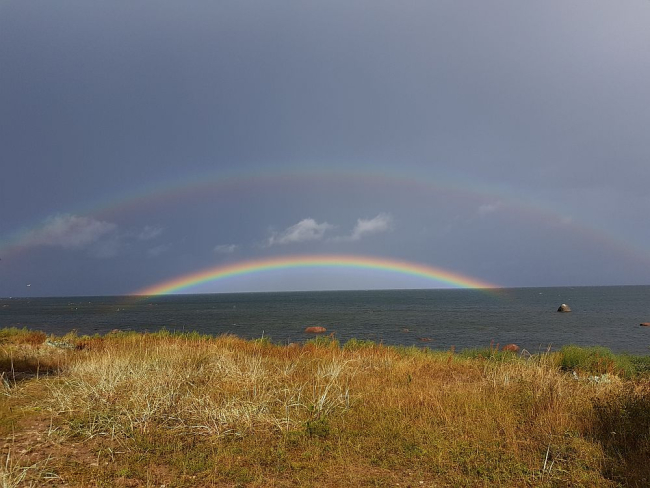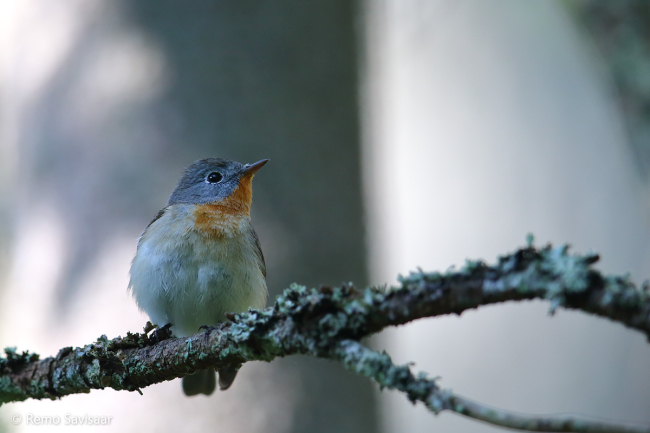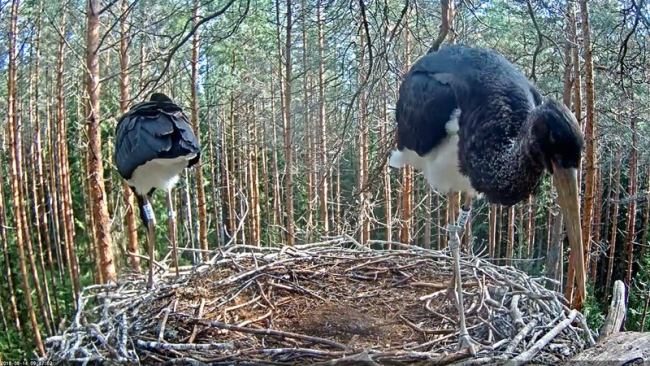Rainbows, rainbows
Rainbow photo without filters sent by Allar Maaring
English translation Liis
Estonian text posted 20.08.2018
Leisi Rainbow
The changes between sunshine and showers bring many rainbows into the sky.
A rainbow is an optical phenomenon – refraction, reflection and diffraction of light in water droplets. The eye of a human distinguishes between red, orange, yellow, green, blue, dark blue and violet. Sometimes we see several rainbows, or secondary rainbows with reversed colours above the main rainbow.
Rainbows develop only when the sun is not higher on the horizon than 400.

 Latest news
Latest news Loodusemees.ee - the day in pictures
Loodusemees.ee - the day in pictures Videos
Videos
 My Forest
My Forest






